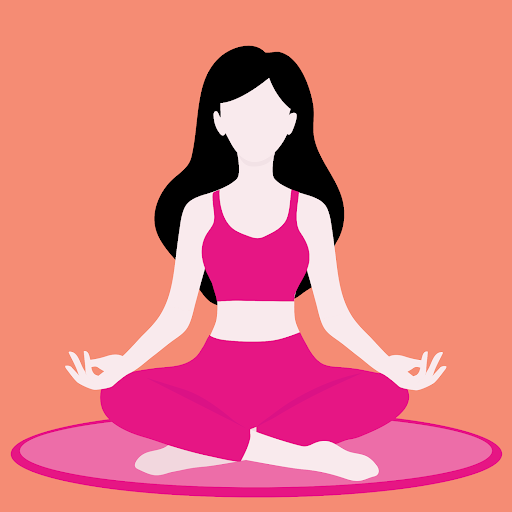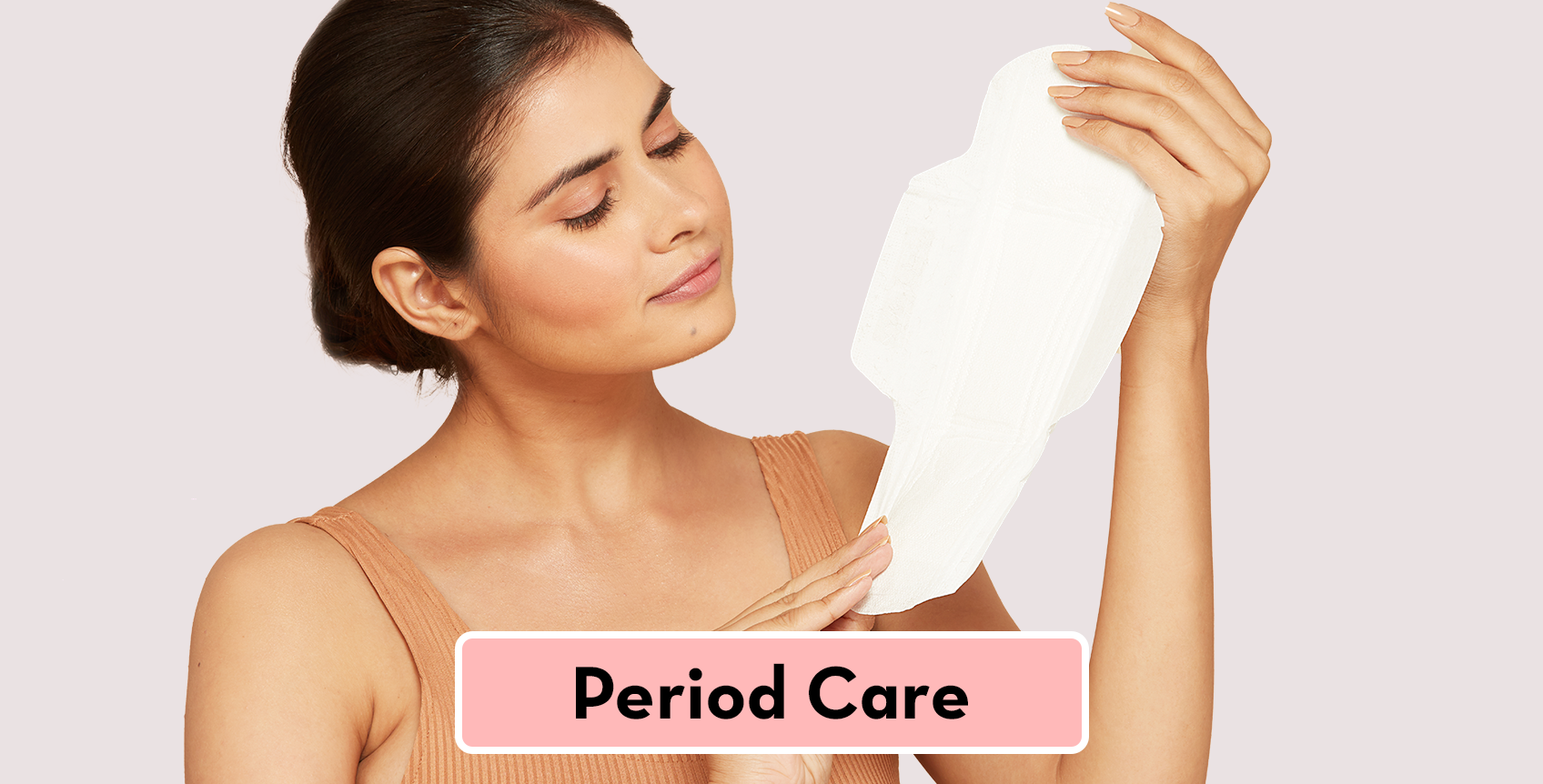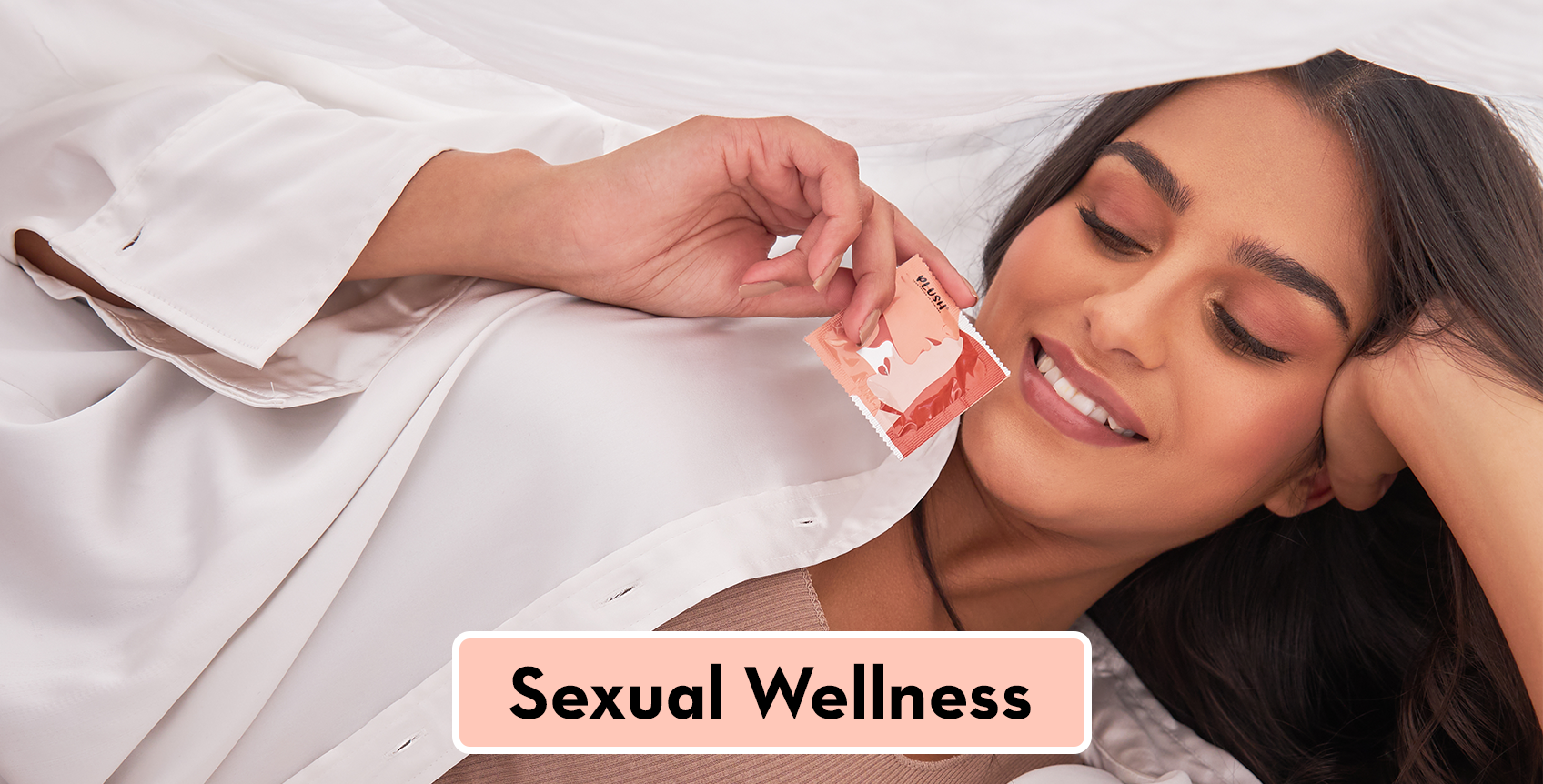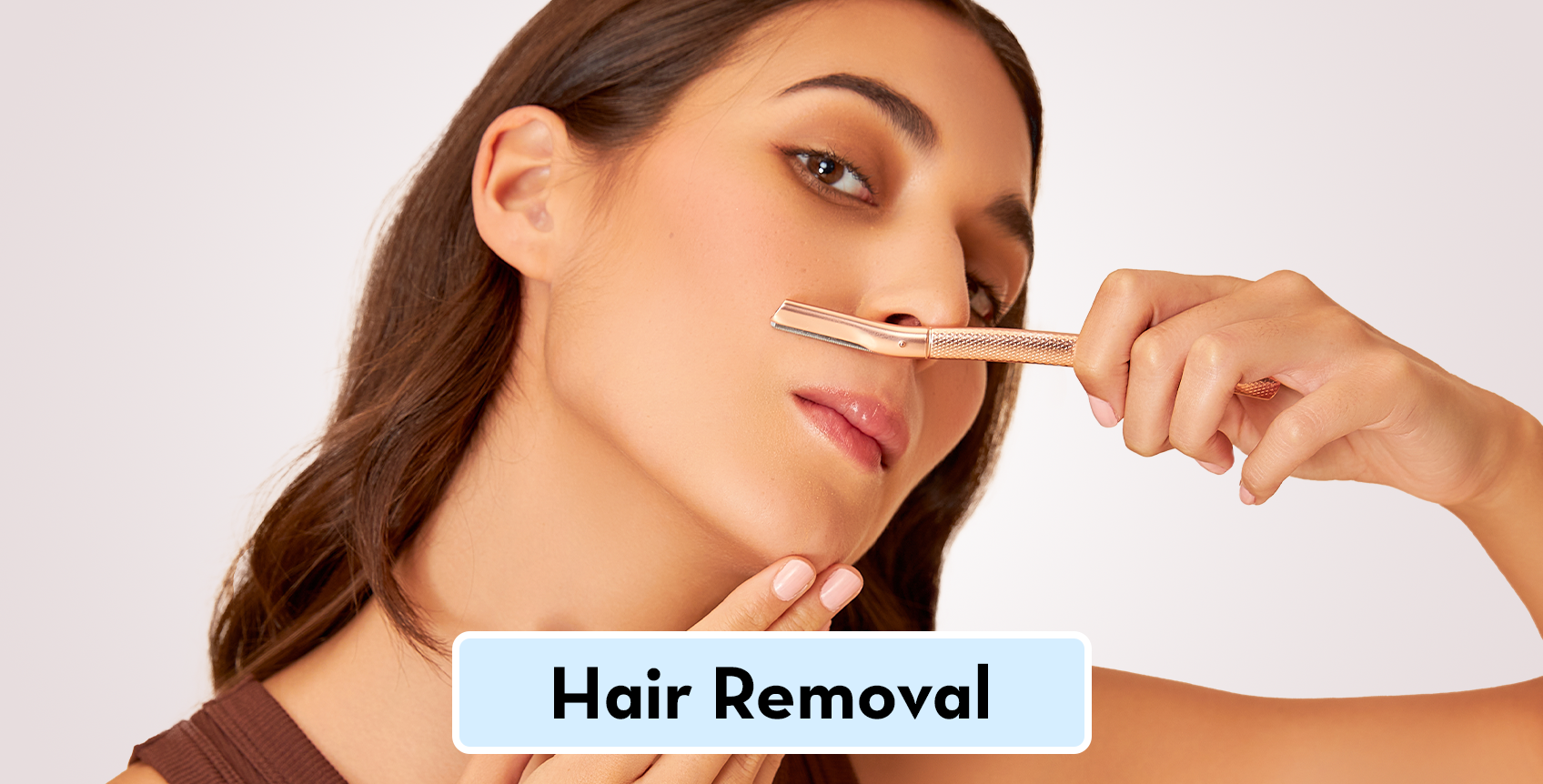The Orgasm Gap: Why It Exists & How to Close It
When it comes to intimacy, pleasure should always be a two-way street. Yet studies consistently show that women experience fewer orgasms than men during heterosexual encounters - a phenomenon called the orgasm gap.
So why does this gap exist, and more importantly, how can we actually close it? Let’s dive into the causes & explore ways to ensure a more satisfying and equal sexual pleasure for women and men alike.
What Is the Orgasm Gap?
The orgasm gap refers to the imbalance in how often men and women reach orgasm during sexual encounters. A 2017 comprehensive study by the International Academy of Sex Research, based on a large U.S. sample (over 52,000 adults), found that:
-
95% of heterosexual men say they usually or always orgasm during sex.
-
Only about 65% of heterosexual women say the same.
-
In contrast, lesbian women report orgasming about 86% of the time
This clearly indicates the gap isn’t biological but about how sex is approached - It’s time to rethink how we define female pleasure and intimacy.
Why Does the Orgasm Gap Exist?
1. The Focus on Penetration
One of the biggest reasons for the orgasm gap is the overemphasis on penetrative sex. Many people still believe that vaginal penetration alone is the key to orgasm, but in reality:
-
Only 18% of women can orgasm from penetration alone, shows a research conducted with 1,055 women ages 18 to 94 years.
-
The clitoris is the true MVP of female pleasure, but often overlooked
2. Lack of Clitoral Stimulation
The clitoris contains 8,000+ nerve endings - more than any part of the human body. However, many women don’t receive enough clitoral stimulation during sex, leading to fewer orgasms. Prioritizing clitoral stimulation is one of the fastest ways to bridge the gap and enhance sexual pleasure for women. Also, you can read our blog on “Understanding different erogenous zones and how to activate them” to enhance pleasure and help bridge the orgasm gap easily.
3. Misinformation & Myths About Female Pleasure
The media often shows women orgasming quickly from penetration - creating unrealistic expectations. This misrepresentation overlooks the need for foreplay for women, variety in touch, and emotional comfort.
4. Communication Barriers
Not everyone feels comfortable talking about what they like in bed. Women, in particular, may hesitate to express their needs due to fear of judgment or embarrassment. However, open & honest communication in sex is key to understanding what feels good and what doesn’t.
5. The Pressure to Perform
Some women feel pressured to “perform” or fake orgasms rather than focusing on their own pleasure. This only reinforces the cycle of the orgasm gap and prevents partners from improving their sexual connection.
Think faking it doesn’t matter? You might want to reconsider. Read The Shocking Truth - Faking An Orgasm Can Actually Damage Your Relationship! to learn why honesty is key to better intimacy.
How to Close the Orgasm Gap
The good news? The orgasm gap isn’t inevitable. With open communication, education, and a shift in how we approach intimacy, closing the gap is absolutely possible.
1. Prioritize Foreplay
Foreplay for women isn’t optional - it’s an essential part of pleasure. Think of it as the main course, not the appetizer. Activities like kissing, oral sex, and especially clitoral stimulation increase arousal and enhance orgasm potential.
Want to know why foreplay is a must for women? Read Foreplay Frenzy: Why Women Crave It More Than You Think! to understand why it’s key to closing the orgasm gap.
2. Focus on the Clitoris
Penetration alone isn’t enough for most women. Try incorporating:
-
Oral sex (which is linked to higher orgasm rates for women).
-
Manual stimulation (fingers can work wonders!).
-
Sex toys specifically designed for female pleasure
This ensures sexual pleasure for women isn’t left to chance.
3. Improve Communication
One of the most powerful intimacy tips for couples? Talk about everything. Encourage open, honest conversations with your partner about desires, turn-ons, and what works best for you.
Communication in sex = confidence, safety, and better orgasms!
4. Rethink Sexual Scripts
Society has long dictated that sex should start with foreplay, move to penetration, and end when the man orgasms. But pleasure isn’t a checklist - it’s about exploration. Switch up the script and focus on what feels good for both partners.
5. Experiment with Positions
Not all positions provide equal pleasure, especially when it comes to closing the orgasm gap. Choosing positions that allow for better clitoral stimulation and deeper intimacy can make a huge difference.
Some great positions to try include:
✅ Missionary with a pillow under the hips – for enhanced clitoral stimulation.
✅ Woman-on-top – allows better control over rhythm and pressure.
✅ Spooning – perfect for slow, intimate connection with access to external stimulation.
6. Use Lube
Lubrication reduces discomfort, enhances pleasure, and makes orgasms more achievable. Many people underestimate the importance of lube, but the right one can make all the difference. Curious about why lube is a must-have in the bedroom? Check out Reasons to Use Lube to learn how it can elevate pleasure and improve your intimate experiences.
For a smooth, irritation-free experience, opt for 100% water-based pHlic lube, available in three delicious flavors: Natural, Strawberry, and Bubblicious.
7. Educate Yourself & Your Partner
Understanding how female pleasure works is crucial. Books, blogs, and even guided intimacy exercises can help couples close the orgasm gap together.

Final Thoughts
The orgasm gap isn’t an unsolvable mystery - it’s rooted in outdated norms, silence, and the lack of focus on clitoral stimulation. But the good news? We can change that:
By prioritizing communication in sex, foreplay for women, and redefining intimacy beyond penetration, we can create a more equal and pleasurable experience for everyone.
It’s not just about closing the gap - it’s about rewriting the playbook for sexual pleasure for women. And that starts with awareness, honesty, and exploration.
Let’s shift the focus from just having sex to truly enjoying it, together.

FAQs
1. Why is clitoral stimulation important during sex?
The clitoris is the most sensitive area in the female body, and direct or indirect stimulation often plays a key role in female orgasms. Prioritizing it can significantly enhance female pleasure.
2. Can foreplay help close the orgasm gap?
Yes! Foreplay for women, especially when it includes clitoral stimulation, increases arousal and leads to more frequent and satisfying orgasms.
3. What are some intimacy tips for couples to improve pleasure?
Talk openly, focus on what feels good for both, try new things like 100% water-based - pHlic lube or toys, and prioritize connection. These intimacy tips for couples help build lasting trust and passion.
4. How does communication in sex improve orgasm frequency?
Discussing desires, boundaries, and pleasure points ensures both partners are on the same page. Better communication in sex = better outcomes for everyone involved.
5. Is penetration enough for most women to orgasm?
Not usually. Only about 18% of women can orgasm from penetration alone - shows a research conducted with 1,055 women ages 18 to 94 years. Most need clitoral stimulation or external touch to reach climax.
Leave a Message
This site is protected by reCAPTCHA and the Google Privacy Policy & Terms of Service apply.




